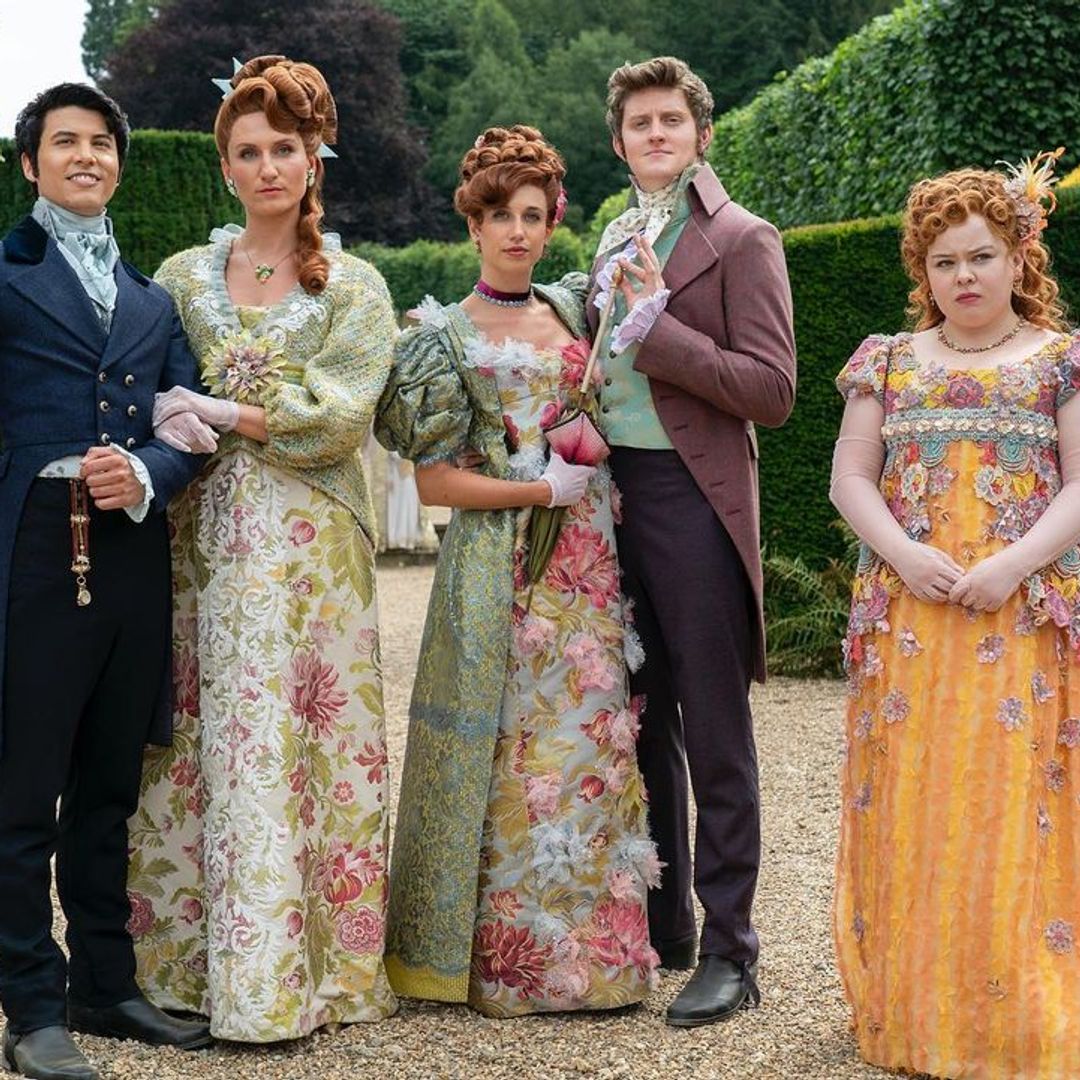Warning, spoilers ahead for Queen Charlotte: A Bridgerton Story.
The new series has finally landed on Netflix, and takes viewers back to the early days of Queen Charlotte’s reign and into the first months of marriage with her husband, King George. While the narrator, Lady Whistledown, reminds us that the plot is fictional, the story is very loosely based on the real-life royal couple King George and Queen Charlotte. In reality, King George was known to struggle with mental illness, which is a major plot point of the series. So what exactly ailed King George? Find out here…
In the first few episodes of the series, viewers aware that the King is keeping some sort of secret from Charlotte, particularly when Brimsley spots his physician, George admits that he is hiding things from his new wife, and when he almost collapses after an argument with his mother - causing his concerned valet to fetch a physician. Charlotte is also confused as to why he refused to spend their wedding night together or join her for the honeymoon, leading to friction between the couple.
The pair eventually begin to finally spend time together and develop a loving relationship, but Charlotte’s newly found happiness comes to an abrupt halt after she awakens to spot George frantically drawing on the walls before leaving the castle naked while searching for 'Venus'. It is then revealed in episode five that George has struggled with mental health problems for all of his life, and despite many doctors’ treatments, he has never been cured of his issues.
MORE: Everything we know about Bridgerton season three from the release to the cast
MORE: Bridgerton star's sister follows footsteps by joining iconic drama
In real life, King George III was believed to have suffered from porphyria, a blood disease which can cause hallucinations and psychosis. A 2005 study of the King’s hair also revealed high levels of arsenic - which was used in medicines and cosmetics - which could have been a trigger for porphyria. It was also suggested more recently that he could have had bipolar disorder.
Like in the show, the King’s treatments included being forcibly restrained, and his condition worsened with age, particularly following the death of his daughter, Princess Amelia, in 1810. He died ten years later in 1820, aged 81, one year after the death of Queen Charlotte.
Don't want to miss a story? Sign up to our What to Watch newsletter and get the heads-up on the shows and films everyone’s talking about.












